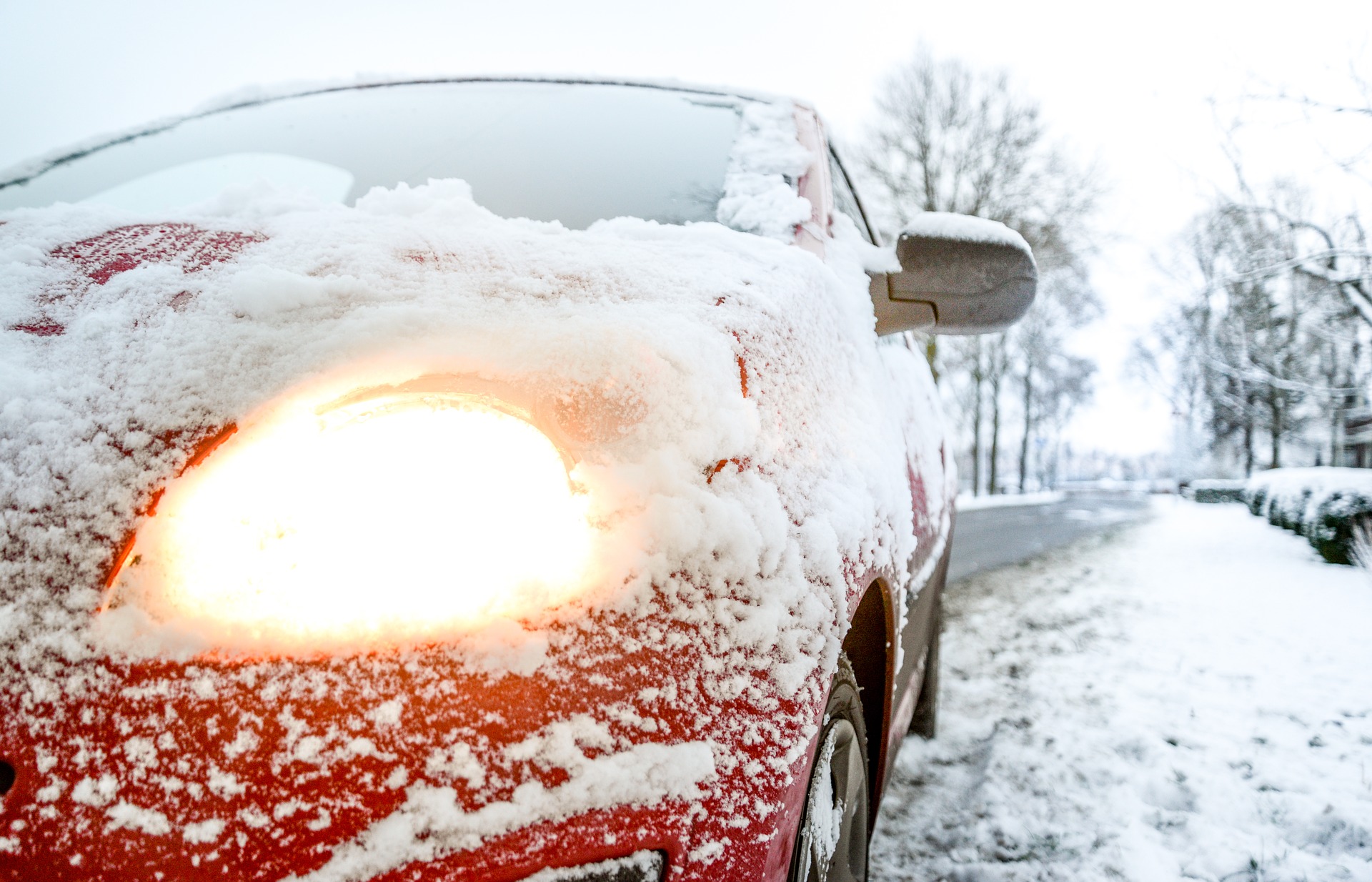Winter has a way of revealing a vehicle’s vulnerabilities, from mysterious dashboard lights to unexpected leaks. As temperatures drop, the need for proactive maintenance becomes paramount. In this blog, we’ll shed light on the significance of dashboard warnings, and the implications of vehicle leaks, and provide a comprehensive checklist to keep your vehicle running smoothly during the cold weather season.
Dashboard Lights: Decoding the Signals
Your vehicle’s dashboard is equipped with an array of warning lights, each signaling a specific issue. As the cold weather sets in, pay extra attention to these lights and address them promptly to avoid potential breakdowns.
1. Check Engine Light: This light could indicate a range of issues, from a loose gas cap to more serious engine problems. Schedule a diagnostic check to pinpoint and resolve the problem.
2. Battery Warning Light: Cold weather can strain your battery. If this light appears, have your battery and charging system tested to ensure optimal performance.
3. Tire Pressure Monitoring System (TPMS) Light: Cold air causes tire pressure to drop. Keep tires properly inflated to improve traction and fuel efficiency.
4. Anti-lock Braking System (ABS) Light: This indicates an issue with the ABS. Promptly address it to ensure your brakes function correctly, especially on slippery winter roads.
5. Oil Pressure Warning Light: Cold weather can thicken oil, impacting its flow. Ensure you’re using the recommended oil grade and change it as per your vehicle’s maintenance schedule.
Vehicle Leaks: Identifying and Addressing the Drips
Cold temperatures can exacerbate existing issues, and leaks can be a common concern during winter. Identify the type of leak and take the necessary steps to prevent further damage.
1. Oil Leaks: Inspect for dark, greasy spots under your vehicle. Oil thickens in cold weather, making leaks more noticeable. Address leaks promptly to prevent engine damage.
2. Coolant Leaks: A sweet-smelling, colorful puddle beneath your car could be coolant. Check the radiator and hoses for leaks, and ensure the coolant mixture is suitable for winter temperatures.
3. Transmission Fluid Leaks: Transmission fluid is red or brown. Leaks can compromise your transmission’s performance. Address any leaks promptly to avoid costly repairs.
Cold Weather Maintenance Checklist: Fortifying Your Vehicle
Prepare your vehicle for winter with a comprehensive maintenance checklist:
1. Battery: Test and replace if necessary, clean terminals, and keep it charged.
2. Tires: Check pressure regularly, rotate them as recommended, and consider switching to winter tires for improved traction.
3. Fluids: Ensure proper levels of oil, transmission fluid, brake fluid, and coolant. Use winter-grade washer fluid.
4. Lights: Check and replace any burnt-out bulbs, clean lenses, and ensure all lights are working correctly.
5. Heating System: Ensure your heater and defroster are working efficiently.
6. Wipers: Replace worn-out wiper blades and keep an extra supply of windshield washer fluid.
7. Emergency Kit: Stock up on essentials like blankets, a flashlight, jumper cables, and a first aid kit.
In Conclusion
Keep yourself and your family safe by having your vehicle inspected before the coldest weather hits. Winter brings its own set of challenges for vehicles, but with proactive attention to dashboard lights, and leaks, and a comprehensive cold-weather maintenance checklist, you can navigate the season with confidence. By addressing issues promptly and preparing your vehicle for the elements, you’ll ensure a safer and smoother driving experience throughout the winter months. If your car is acting out of sorts or if you’ve noticed a problem call Hong Kong Auto Service right away. The professionals at Hong Kong Auto Service will be happy to answer any questions you may have and tell you what your vehicle needs so you can get back on the road in no time.

